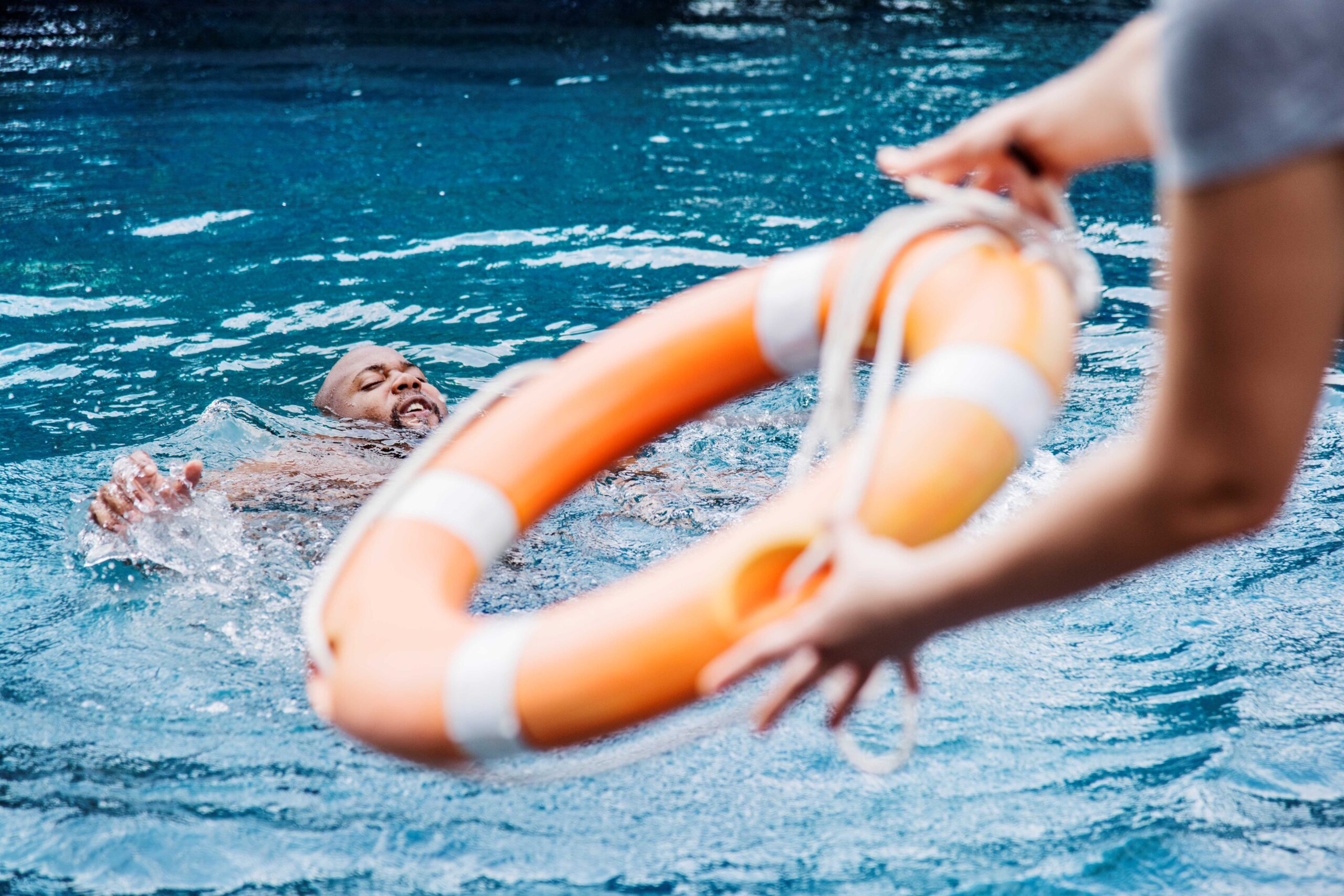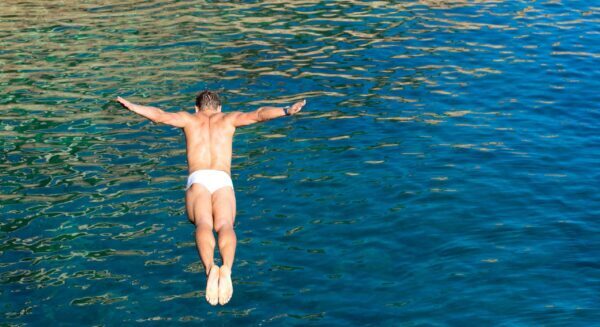It was a sunny morning, and the water in the bay seemed calm. The kayak glided across the surface until a gust of wind capsized the boat. The man found himself in the water and tried to get out, but a few minutes later his body was found with no signs of life. It later turned out that he was an excellent swimmer.
Stories like this sound frightening, but they happen all too often. According to the US Coast Guard, two-thirds of people who die in the water are good swimmers. This is especially true for those who go out to sea in rowing boats: kayaks, canoes, and paddleboards.
Swimming Experience Doesn’t Save
As Glenn Gayton, division commander for the US Coast Guard’s Northern Region, explains, one of the main problems is cold water. Even at a temperature of around 10 degrees, a person loses strength after just a minute, and the chances of swimming even 50 meters are halved.
Read also:
Soft2Bet: a Global Leader in iGaming and Innovative Solutions
The kayak capsized, the boat was swept away by the current, and the man was left in the water. And even if your muscles obey you and you can breathe normally, it is difficult to get out without a life jacket. In 2016, 49 people died in the coastal area from Maine to New Jersey, 27 of them on rowing boats. Only four were wearing life jackets.
Dangers Become Familiar
The problem is exacerbated by the popularity of kayaks and paddleboards, which are easy to buy in any store. People take a boat but forget about safety equipment. Often, there isn’t even a life jacket on display next to the kayak.
Rowing boats seem safe, especially on a sunny day in shallow water. But even in such conditions, a storm, a sudden gust of wind or a strong current can occur. And a person finds themselves in the water alone, far from shore and without communication.
How to Survive?
The Coast Guard advises essential but straightforward steps. First, always wear a life jacket. Second, take a whistle and a flashlight with you. Gayton says:
“You can shout until you lose your voice, but with a whistle, you can call for help for a long time.”

The authorities have started distributing special “If found” stickers to improve safety. These can be stuck to the hull of a boat, and if it is found without an owner, rescuers will first call the number provided to find out if everything is OK. This helps to avoid false alarms and costly searches. One such flight costs about $70,000.
Coast Guard Teaches Children
Safety programs also target children. Coast Guard volunteers speak at schools and festivals. Their mobile robot, Kosti, which looks like a boat on wheels, teaches children about water and safety. It drives around the playground, talks to the kids, and transforms the operator’s voice into a child’s.
This season, the program kicks off in Salem on May 29. Organizers hope that new generations will be better prepared for what may await them on the water.
Rowing boats give a feeling of freedom and closeness to nature. But with that comes responsibility. Good swimming skills are essential, but not enough. Cold water, unpredictable weather, and fatigue can defeat anyone. A life jacket, whistle, training, and awareness save lives.

